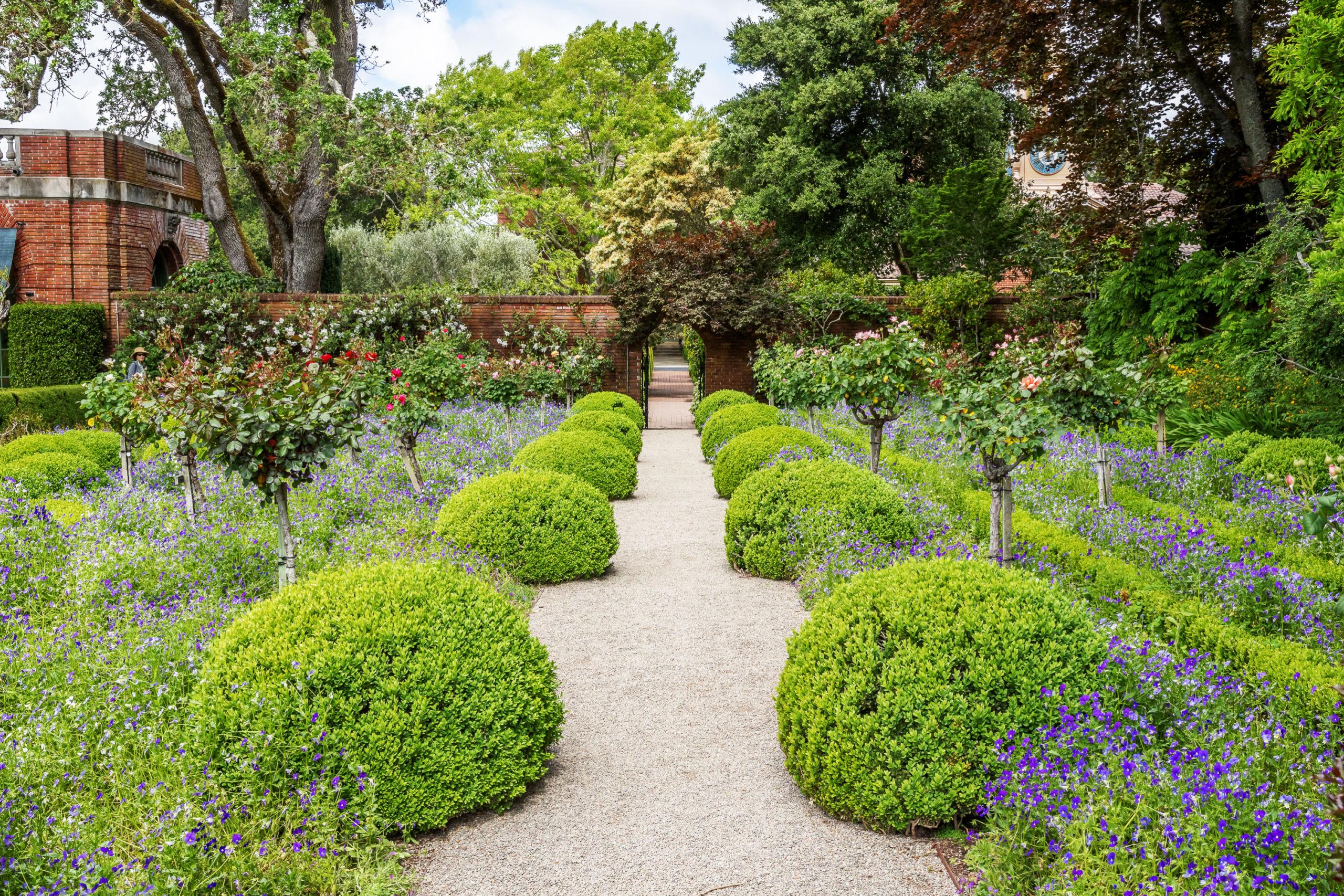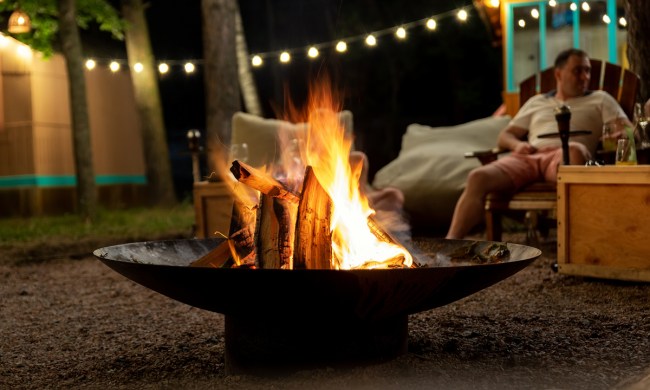Designing an English garden is just a matter of figuring out what defines an English garden. No matter where you live, creating an inspired garden is quite simple. All you need to do is match the characteristics of an English garden to the best of your ability, which sometimes means altering some plants so that they’ll thrive and grow in your environment. These include green lawns, hedges, borders, beautiful flowers, grasses, and herbs. Remember that not every plant grows in every outdoor space, and your English-inspired garden will be unique to you, depending on which varieties you have at your disposal.
The two styles of English gardens
There are two types of English gardens: The English cottage garden and the English country garden. They each have their own characteristics and designs, and which one you choose to inspire your own space will ultimately be up to the aesthetic that speaks to you most.
English cottage gardens have a lot of personality. They’re often said to have an aspect of organized chaos, featuring beds and beds of colorful roses and grasses. Some of the key elements of these gardens will be stone paths, picket fences, and trellises. If you’ve always wanted to have an outdoor garden with a cute, quaint picket fence, this is the type of English garden you’ll want to gravitate toward as you put together your own design.
English country gardens are almost the opposite of the cottage garden. This garden type is all about defined lines: Trimmed hedges, clear garden beds, and lots of lush green lawn. The spaces for the flowers are often more defined, connected by paths from one area to another as opposed to a stone path winding through your greenery. This garden maintains a natural look, and out of the two is the one more easily done in a variety of spaces. If you have a smaller yard, this would be the style you’d want to imitate for a neat, successful look.
Creating an English cottage garden
When it comes to creating an English cottage garden, we need to remember the core characteristics: Roses, picket fences, trellises, and stone paths. Often, instead of enclosing flowers with the picket fence, gardeners will do the opposite and surround a small section of a picket fence with flowers. There’s nothing saying you can’t do both; though, if you’re working in a small space, this idea of bringing in one section of a picket fence surrounded by flowers will surely be an asset to creating an English cottage-inspired garden.
One of the most important characteristics of an English cottage garden is that it does its best to mirror nature. That’s why beds are often undefined, and cottage gardens are referred to as being organized but chaotic. You’ll plant your own flowers, but allow them to grow new ones and reproduce (within reason) without being too worried about pruning them and keeping everything “perfect.”
Although the often undefined beds of flowers feature classic-colored roses, you can mix in other plants like lavender and foxglove, depending on how they’ll thrive in your area. Be sure you research which plants work best in your zone when growing an outdoor garden. The best part about inspiration is that it’s just that: Inspiration. If you can’t grow lavender outdoors, you can always find a flower for your zone that has a similar vibe.

Creating an English country garden
English country gardens are made up of different garden areas that are neatly organized and connected by paths. This is a perfect style for anyone who likes a neatly trimmed, organized space. Because English country gardens were originally designed for large estates, they’re meant to be experienced on foot — and that doesn’t mean they can’t be recreated in a small space.
If you’re working with a smaller lawn, think carefully about sections of what plants and styles you can put together. If you have a tree you can put a bench under, create a seating area with two or three purposeful beds of flowers. Down the path (across the lawn), you can have boxes where you grow a different type of flower. Have another section with flowers and grasses that encircle a birdbath. This garden type is all about organization and defined spaces. Each area should have its own focal point, be it seating, a water feature (like a birdbath or small outdoor fountain), or garden boxes.
When starting a garden of blooms and using either type as inspiration, let your creativity shine by selecting features and flowers that work best for you and what you like. Not everything has to fit perfectly. Every garden will be different and unique, and the goal isn’t to identically recreate an English garden. Just keep in mind what defines an English garden, whether you choose cottage or country, and use those characteristics to inspire your own space.



